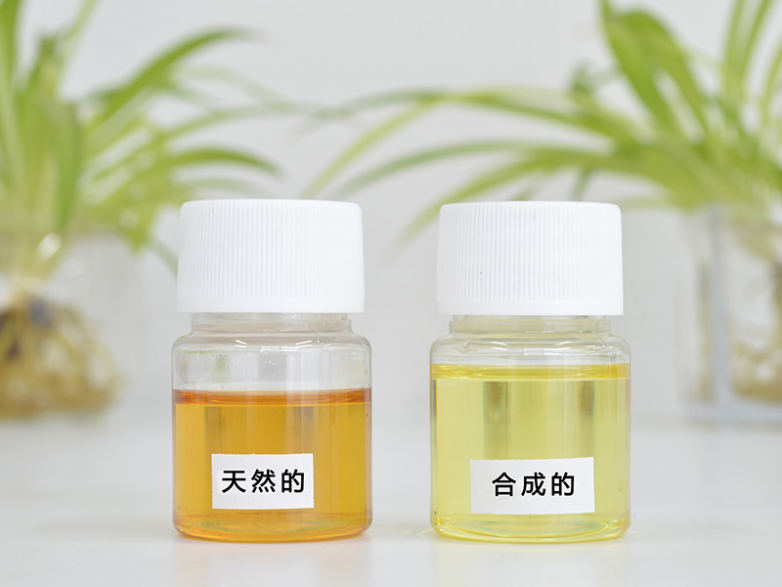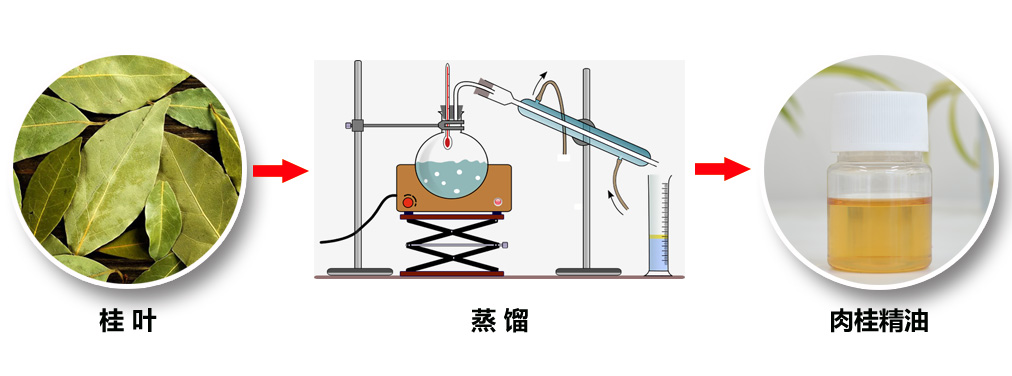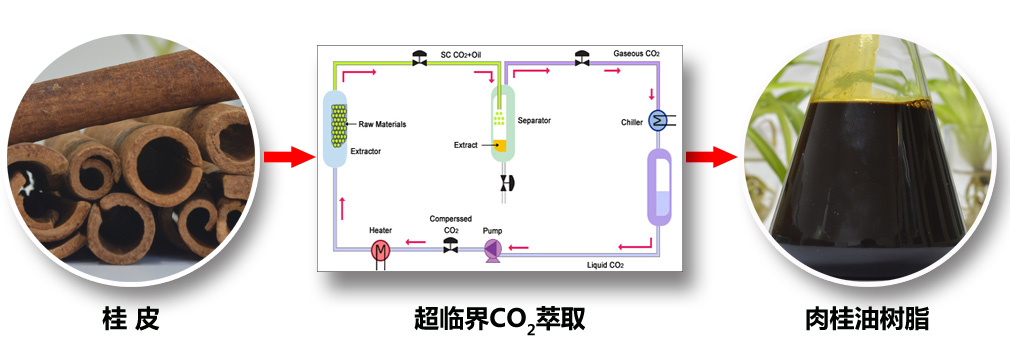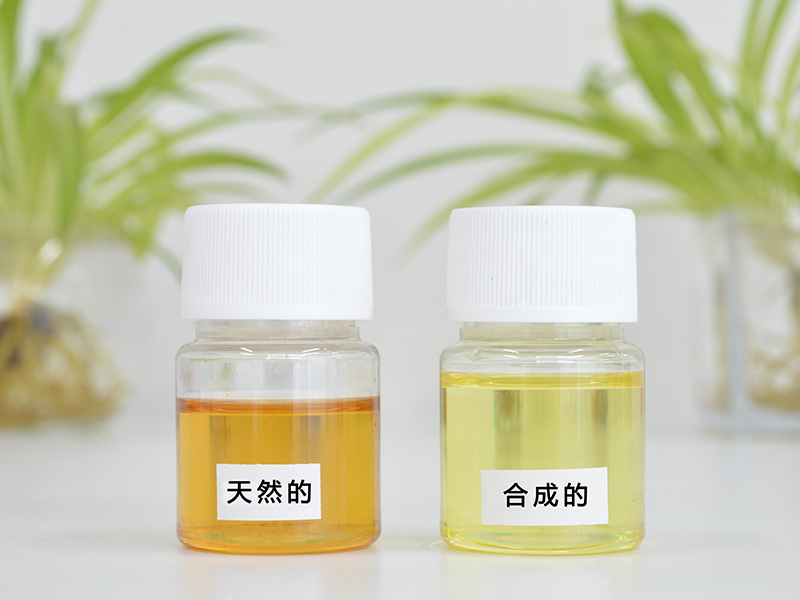
Customers often ask us about the difference between cinnamon oil, cinnamon essential oil, cinnamon oleoresin, and cinnamaldehyde. I don’t know which cinnamon oil to choose. To this end, we specifically asked Green Sky engineers to write this article, distinguishing these products from the extraction process, chemical composition, and application, and hope to help friends.
Cinnamon oil, also known as cassia oil and laurel oil, It is a general term for all cinnamon oils. Because there are many cinnamon oils on the market, some people usually call cinnamon oil called cinnamon oil, which is actually unreasonable.
cinnamon essential oil

Cinnamon essential oil is a clear and transparent oil extracted from laurel leaves by distillation technology. There are two kinds of old cassia oil and new laurel oil. The old cassia oil is extracted by traditional distillation technology. The content of cinnamaldehyde is generally about 74%, and other cinnamaldehyde derivatives are more. The new distillation technology, cinnamaldehyde is more than 80%. The prices of the two are not much different, they are all around 350 yuan/kg, the old method of distillation of cinnamon essential oil, the price will be high. The old essential oil is mostly used in the Chinese traditional medicine industry, and the Chinese Pharmacopoeia is included. New method cinnamon oil is mostly used for export. The export of cinnamon essential oil is very large, ranking first in the export of essential oil products.
Cinnamon oleoresin

Cinnamon oleoresin: Cinnamon (the essential oil is the laurel leaf, the difference is the biggest difference between the two). After CO2 supercritical extraction, a tan opaque viscous liquid is obtained, which contains the taste and taste of all the human body after taking the cinnamon. Therefore, it is generally used in industrial food production instead of cinnamon. Compared with cinnamon, cinnamon oleoresin has a more stable taste, is easy to store and transport, and is easy to use. Cinnamon oleoresin generally has a cinnamaldehyde content of more than 60%, and most of the others are cinnamaldehyde derivatives. The author believes that cinnamon oil resin is more suitable for the medical field than cinnamon oil for medical use. However, there is no CO2 supercritical technology in ancient China, only distillation technology, so distillation technology is first. In terms of composition, the composition of cinnamon oleoresin is more abundant, and the cinnamaldehyde derivative is more and the effect is better. The cinnamon oleoresin is more expensive because the raw material is more expensive than cinnamon leaves, and the cost of supercritical processing is high, so the market price is about 800 yuan/kg.
Cinnamaldehyde: obtained by chemical synthesis, the content of cinnamaldehyde is 99%. It is mainly produced in India and imported into China. The market price is about 25 yuan/kg. The low-priced cinnamon oil in the market is mostly reduced in cost by adding synthetic cinnamaldehyde. At present, it is rare to detect whether or not synthetic cinnamaldehyde is added, so the domestic market is chaotic, and foreign countries will test natural or synthetic through C14, which is relative to market specifications. Synthetic cinnamaldehyde is mostly used in the chemical industry and is not recommended for oral products such as food.
